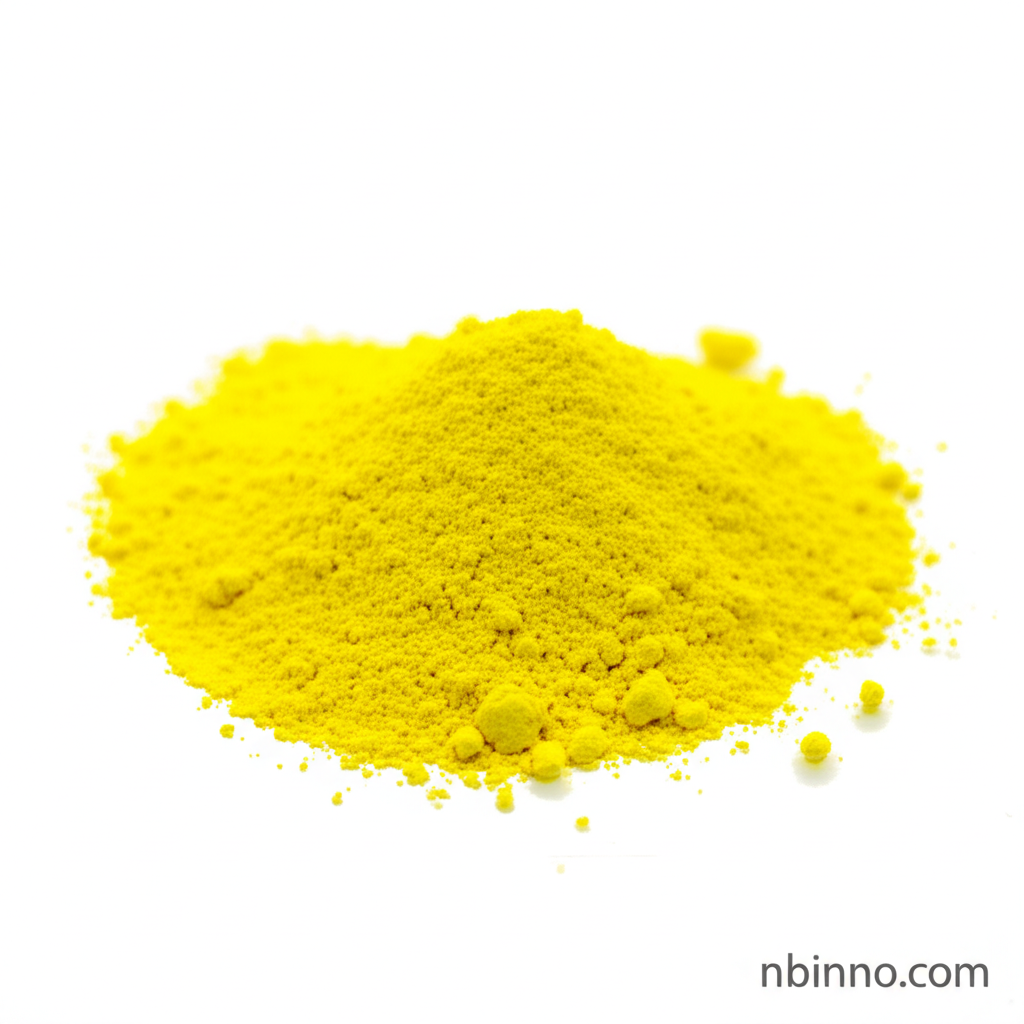2,4-Dichloro-5-nitrophenol: Key Properties, Applications as a Pesticide Intermediate, and Safety
A vital building block for modern agriculture, essential for effective weed control.
Get a Quote & SampleProduct Core Value

2,4-Dichloro-5-nitrophenol
This compound is a critical intermediate in the synthesis of Oxadiazon, a widely used herbicide that offers effective weed control in various crops. Its specific chemical structure and properties make it an indispensable component in agricultural chemistry.
- Leverage our expertise in pesticide intermediate applications to enhance your herbicide synthesis processes.
- Discover the detailed chemical properties of 2,4-Dichloro-5-nitrophenol, crucial for reliable agrochemical production.
- Explore the role of this compound as a key building block for modern herbicides, ensuring effective weed management solutions.
- Understand the importance of using high-purity 2,4-Dichloro-5-nitrophenol for consistent performance in agrochemical manufacturing.
Key Advantages
High Purity for Reliable Synthesis
With an assay of ≥99.0%, this compound ensures the integrity and efficacy of the final pesticide product, contributing to reliable chemical synthesis.
Essential for Herbicide Efficacy
As a direct precursor to herbicides like Oxadiazon, it plays a pivotal role in developing effective weed control solutions for agriculture.
Versatile Chemical Intermediate
Its structure makes it valuable not only in pesticide synthesis but also as a building block in broader industrial organic synthesis applications.
Key Applications
Pesticide Intermediate
Crucial for synthesizing herbicides like Oxadiazon, contributing to effective crop protection and yield enhancement.
Herbicide Synthesis
The compound's specific structure is vital for creating the active ingredients in modern herbicides, aiding in sustainable farming practices.
Agrochemical Production
A fundamental component in the manufacturing of various agrochemicals, supporting global food security through advanced crop management.
Organic Synthesis
Its reactivity and functional groups make it a versatile building block for a range of organic compounds beyond agricultural applications.
